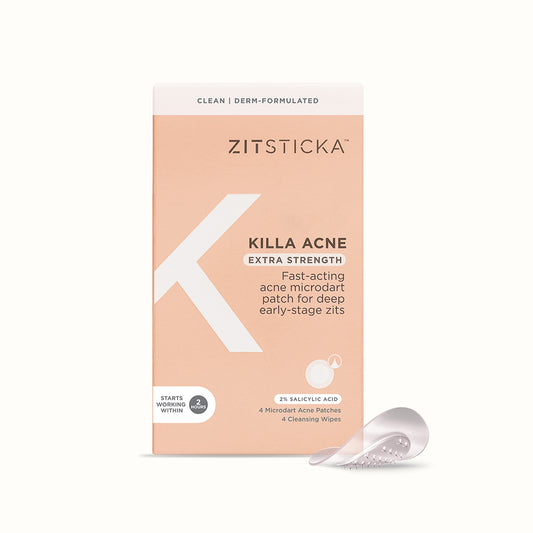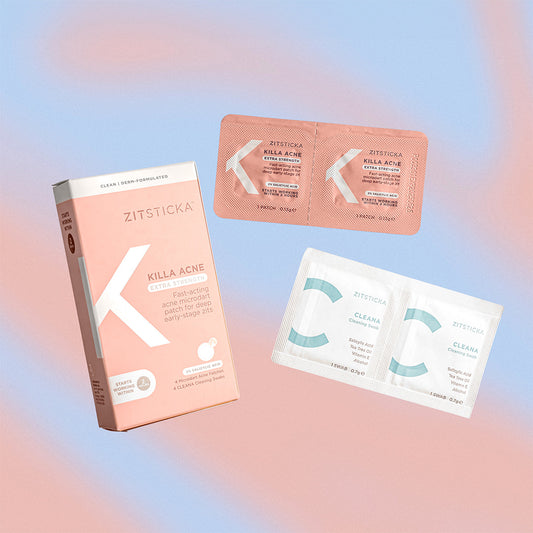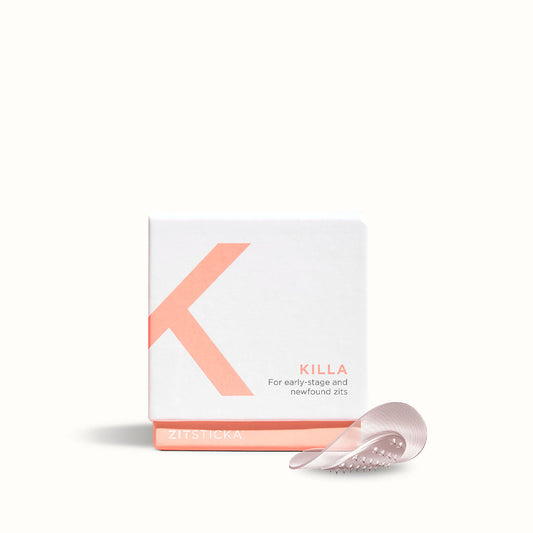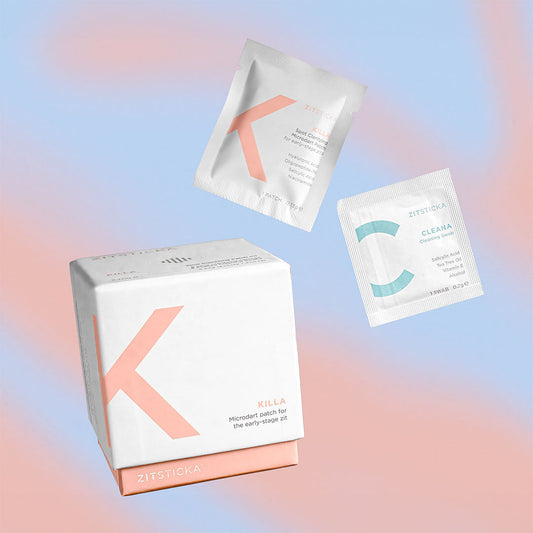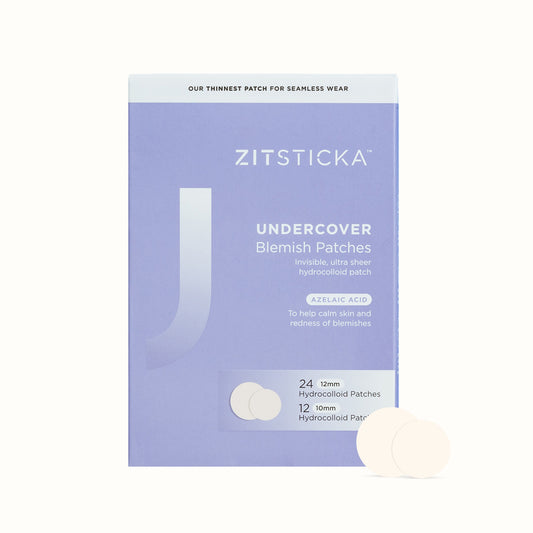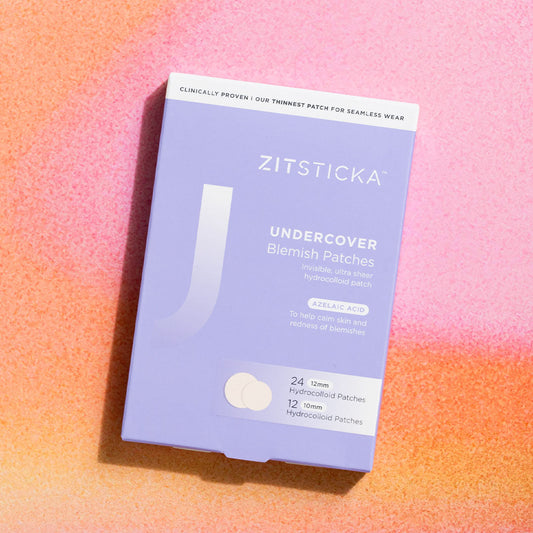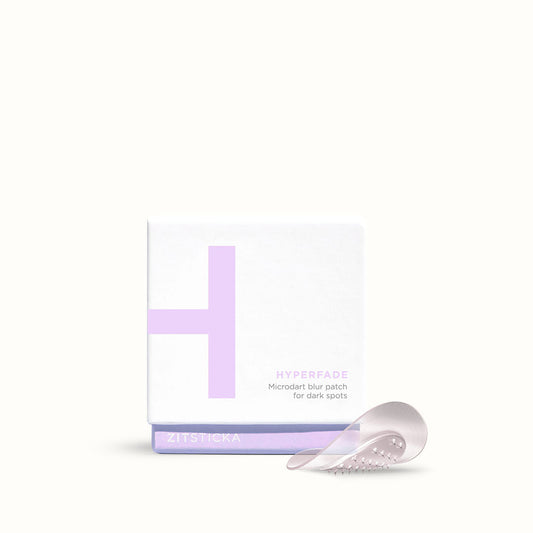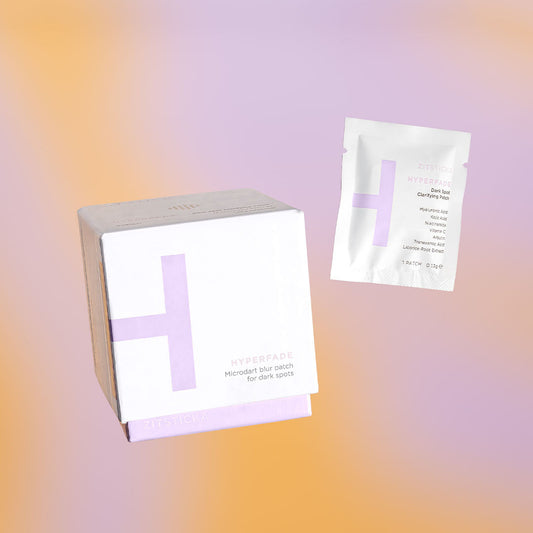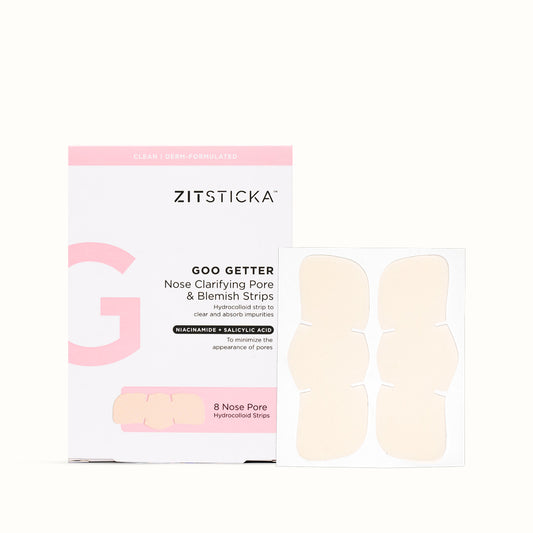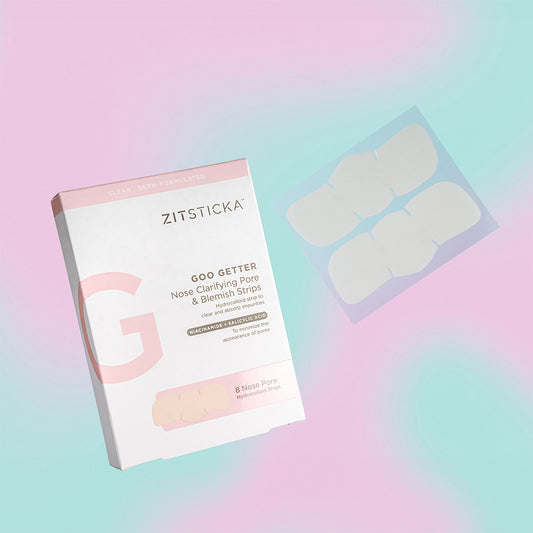By Lee Phillips
You know when you’re scrolling your explore page, and SUDDENLY there’s a video of someone popping a monstrous pimple? You don’t want to click it, because then ten more will pop up on your feed, but you do. It’s like a car crash that you just can’t look away from. You masochist! However you feel about those weird extraction videos, no one can say they don’t pop pimples every now and then. In my experience, the only time my willpower has actually been tested during this long year of quarantining is when I’ve got a huge zit and I’m trying not to attack it.
It might just be that popping a zit when I shouldn’t is one of the few thrills my boring life affords me, but addiction to pimple popping can also be scientific. When we scratch or pick at our face, small amounts of dopamine are released. It’s a tiny bit of pain that sends a happy rush to our brain. Combined with the idea that you are getting rid of “the bad stuff,” it makes perfect sense that people everywhere would pick at their face. It may feel satisfying in the moment, but we all know the feeling of zooming out from your mirror and realizing that the forbidden act has left us with redness, swelling and irritation. In fact, popping your pimples is something that dermatologists unanimously agree is horrible and should never be done.
For pimples that form whiteheads, we often pop them before they’re ready. That’s bad for two reasons. White head pimples often form because of a foreign bacteria or clogged pores. Just like a scab on your knee might be covered with puss, the white head that forms means that your body is using white blood cells to heal whatever is going on. Popping your pimples too early means you’re getting in the way of that natural process. Popping pimples before they're ready also means that the fluid will be hard to extract.
Trying to squeeze it out increases the amount of damage done to your skin and puts you at risk for post-inflammatory hyperpigmentation. When extracting, waiting for the pimple to be in its late stage means the white head has risen above the surface, and you won’t have to dig through as much skin to access it. Even if you do wait for the perfect time to pop a pimple, there are drawbacks. Anytime you pop, you’re not only transferring bad bacteria to new places on your face, but new bacteria from your fingers directly into broken skin. This is a recipe for disaster, or in this case, more acne.
With all these warnings, not popping your pimple seems like a no-brainer. The thing is, we know you’re human. And as humans ourselves, we’re aware of the visceral joys zit-popping can bring. That’s where GOO GETTER comes in. She’s our moisture-drawing patch that gently absorbs all the icky from your late stage zit—and the results are sincerely much more satisfying than any pop. Using GOO GETTER means you won’t transfer bacteria from your fingers to your skin, and you’ll see the fruits of your labor (zit goo) on the patch afterward. Because the fluid is collected into the patch, it also means that it won’t spread to other areas of your face. Filled with niacinamide, salicylic acid, and tea tree, the GOO GETTER patch gently pulls fluid out, it doesn’t squeeze or “pop,” which means you’re avoiding all potential skin damage and subsequent scarring.
The best part? The powerful adhesive and super low-key design covers your white head and makes it almost invisible, so even before your pimple is actually gone, it might as well be. While the patch comes equipped with niacinamide, salicylic acid, and tea tree to fight bacteria and draw out fluid, it’s also got a good dose of vitamin c. That means brightening skin and fighting the leftover redness that your newly cleared up pimple has left behind. Throw on your patch before bed, and while you sleep the Vitamin C encourages healthy cell regeneration to fully regenerate the area. Trust me—taking off that fluid filled patch in the morning is just as satisfying as popping your pimple. The only difference is that it actually works.
Sooo you know how we mentioned two types of zits; deep and shallow? Read about ZitSticka's different patches—one for each...

